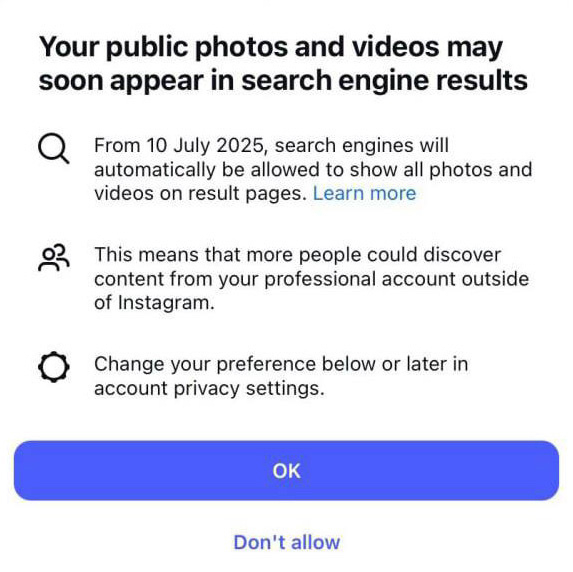Everything Is Billboards Now
Kieran Flanagan posted on LinkedIn:
SEO isn’t dying. It’s evolving into TV ads.
Everyone sees your Ad, and no one clicks it. AI assistants turn search into a billboard.
To which I added:
Getting a click or a sale isn’t the purpose of each individual ad or touchpoint. It’s about the aggregate impact.
Each exposure is a seed planted in the mind of the audience member. A field of flowers makes a bigger impact than a solitary bloom.
This can be an uncomfortable shift for performance marketers that have been mainlining real-time data and ROAS numbers for years. It’s harder to measure the impact of exposure and reach but we don’t want to stop at counting impressions or mistaking correlation for causation.
But I’ve been giving my Google Ads ecommerce team member a hard time for years that my social ads work with unimpressive ROAS numbers has been driving easy sales to his high performing channel. I put in the work, he reaps the glory. (It is a joke, but the best jokes are rooted in the truth (or complete absurdity, but that’s not relevant here).)
But now even a Google Search isn’t the obvious end point.
Our role as marketers is to tell a story across the channels we operate on for a brand to establish familiarity so that when a customer is about to make a decision we come to mind. Whether that happens via them actively seeking us out or anchoring on our name in a consideration set.
Make an impression. Provide value. Play the long game.
Yesterday I asked if Amazon leaving Google Shopping is “temporary or a sign that the channel wasn’t worth the money?”
Google’s dominance in product discovery is under pressure as consumer behavioral shifts and genAI tools reshape how people search, shop, and buy.
The Year of the Splinter is now on year 3 and the era of the mega platform is over.
Google could become this cycle’s Microsoft.
via EMARKETER
Amazon has turned off Google Shopping (ads and free from the sound of it).
Auction pressure has reduced dramatically between this and the Temu and Shein pullbacks. Should mean a lot more opportunity.
Now the big question, is this temporary or a sign that the channel wasn’t worth the money?
This is interesting
In a recent update, Google has started indexing and sourcing Instagram content.
Now posts and reels function like blog posts from an SEO perspective.
For professional accounts this could mean approaching it more like Pinterest than TikTok.
attached screenshot from IG announcing the update found online

Add this to the interesting pile:
Google Shopping ad clicks surge 18% in Q2 as Amazon, Temu pull back
The big low price players dropped spend (thanks tariffs) opening up room in the auction competition for other retailers. And shoppers seemed to like it.
🍵 Reading the tea leaves, people aren’t searching Google Shopping to find products on cost competing aggregator platforms. They either don’t want to buy on Amazon or already searched there and the came to Google.
Amazon (and other platform) discovery doesn’t happen via other shopping channels, it happens before shopping searches start.

